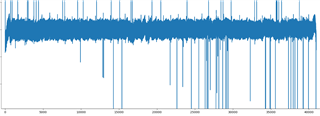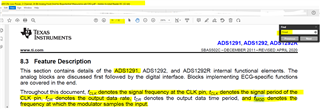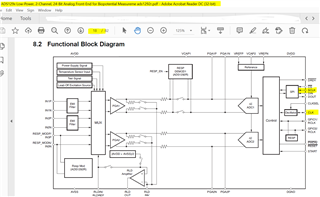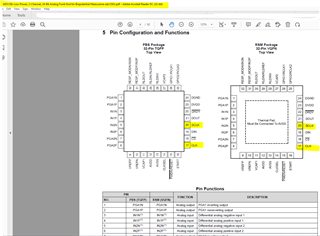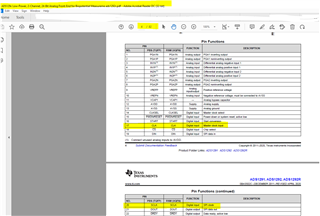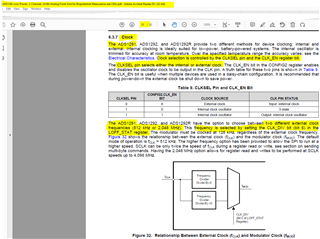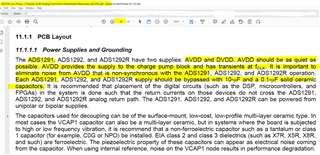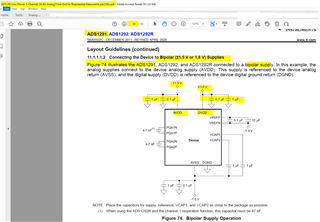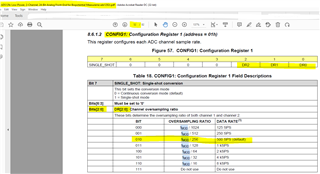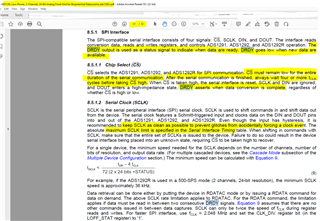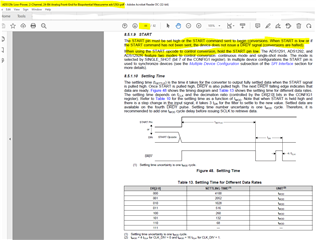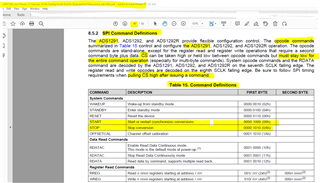Hi
I'm measuring wrist ECG with ADS1291.
Currently, I set it to 500 sps and collect data.
I'm measuring it in 30 seconds, but I got 41,000 data.
I think it's sps = hz.
So I think we should get 15,000 data if we measure 500 sps and 30 seconds.
I wonder if I'm wrong.
Help me. Thank you..
